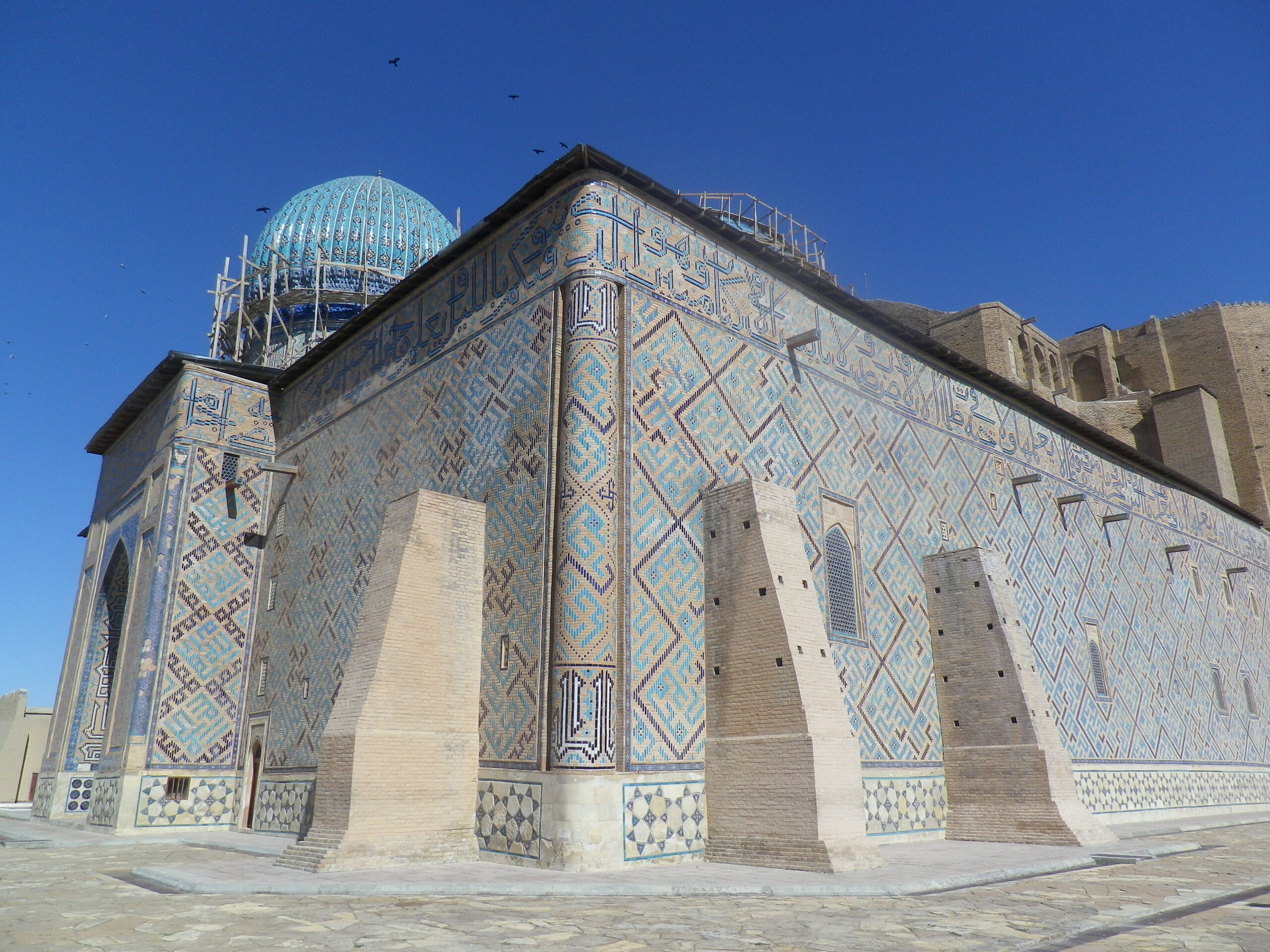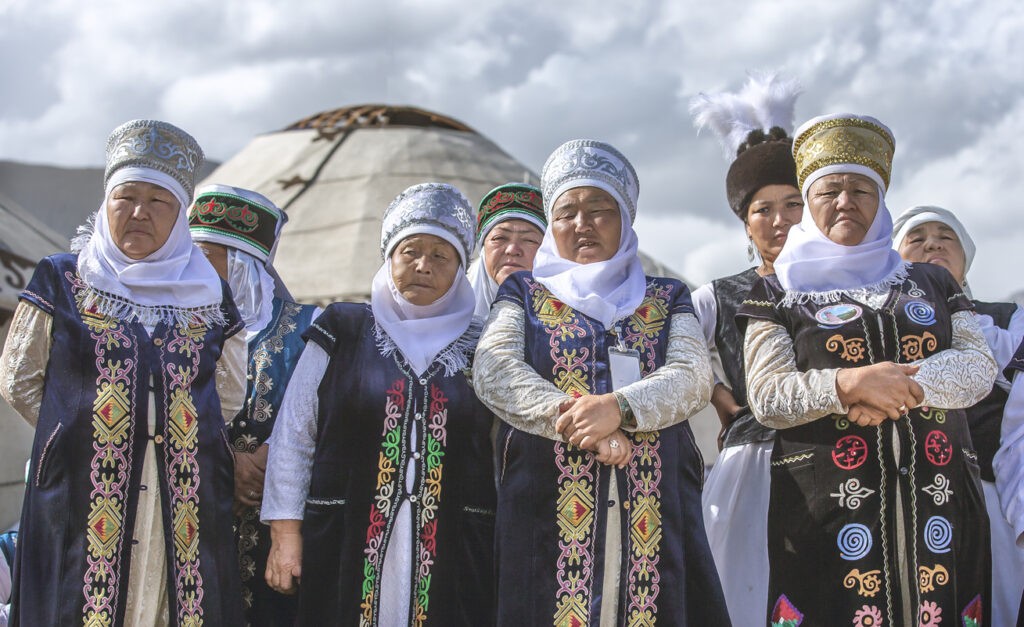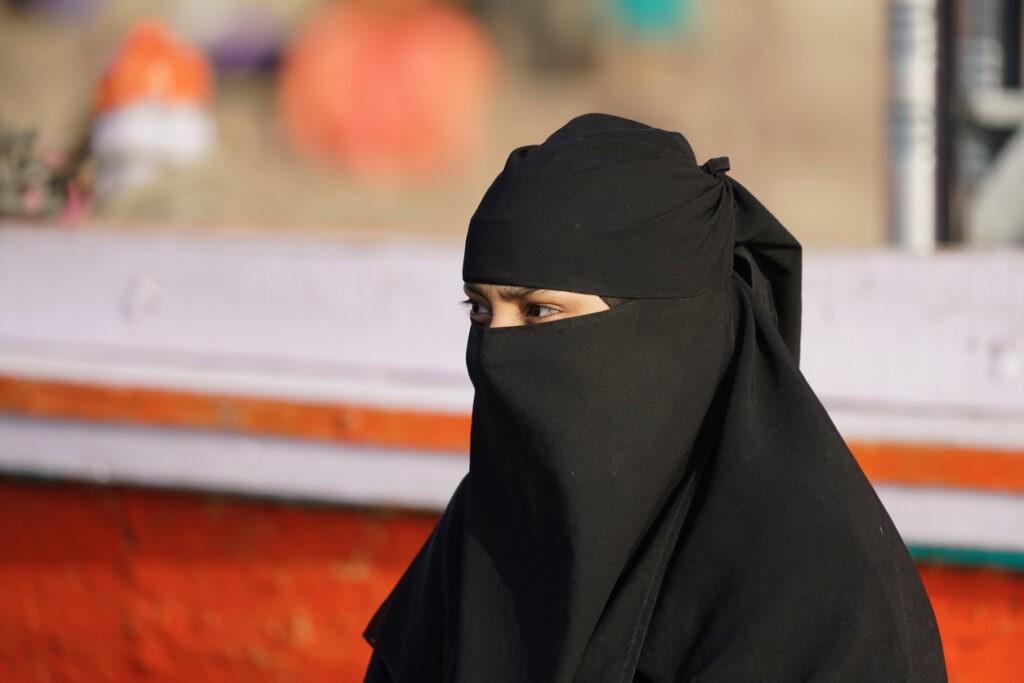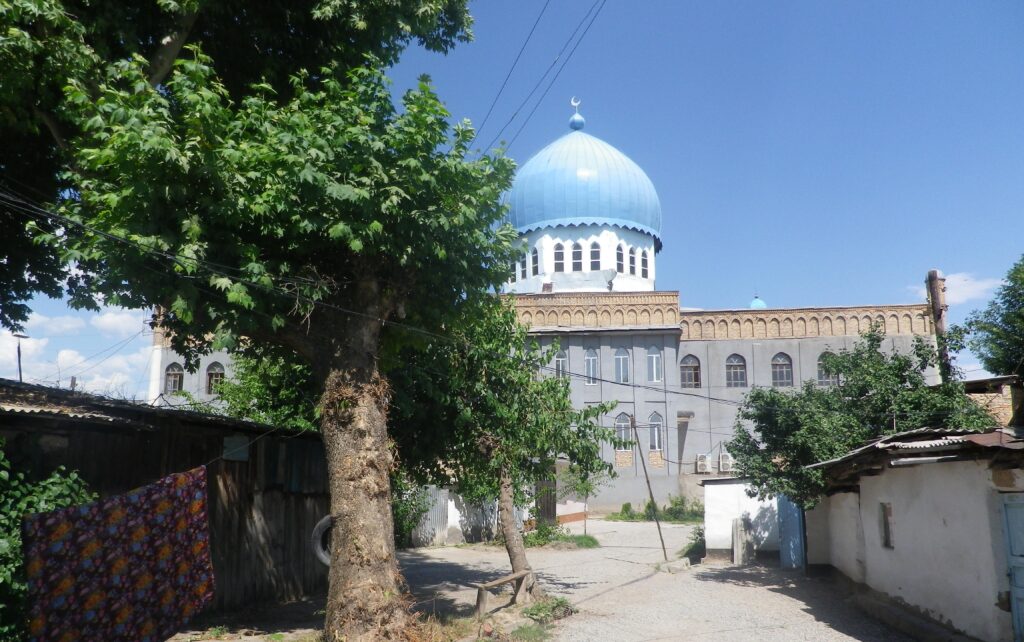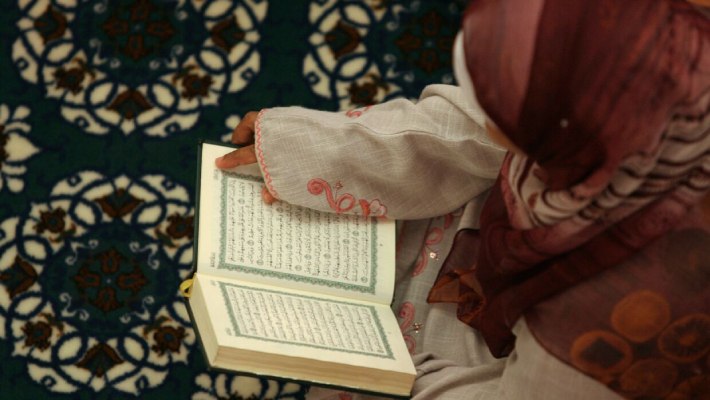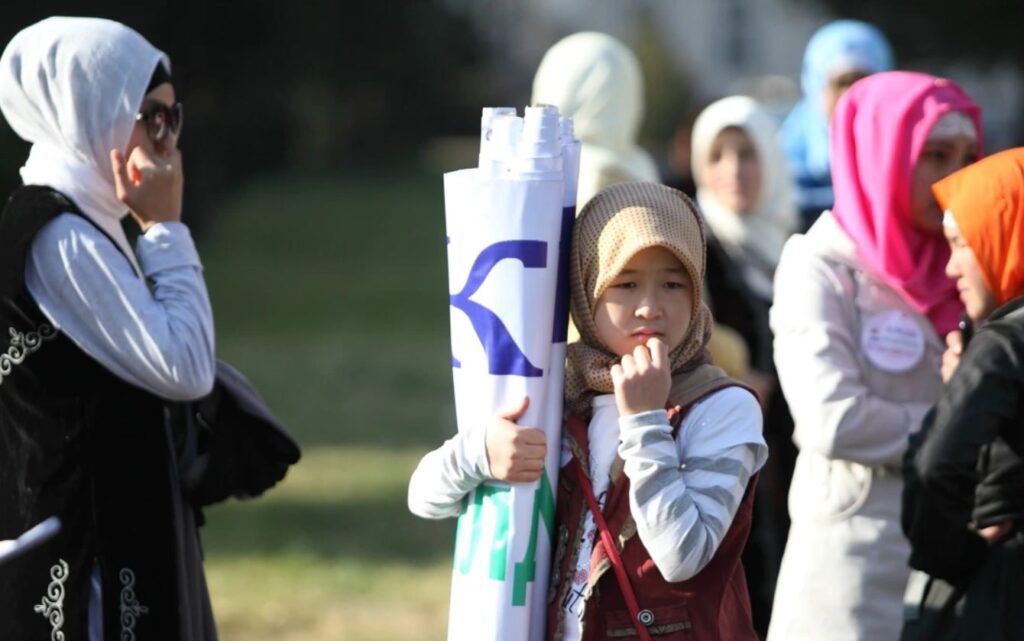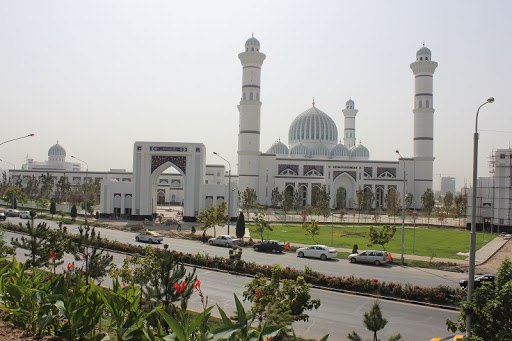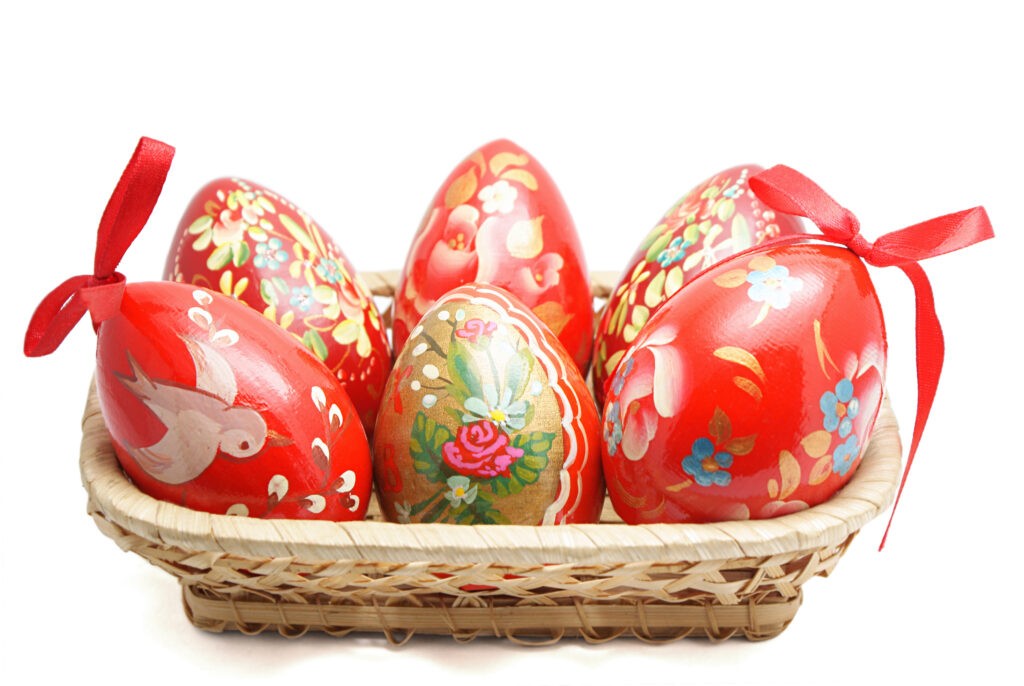The research discussed in this article was conducted in July-August 2023 by the Strategy Center for Sociological and Political Studies Public Foundation in collaboration with the office of the Rosa Luxemburg Foundation in Central Asia. A total of 1,604 people were surveyed in six cities. Since the goal of the project was to study atheism and atheistic views, the choice of where to conduct the survey was made based on the latest census data, according to which the following regions/cities had the highest proportions of nonbelievers: Kostanay Region (4.84%), Mangystau Region (4.38%), Almaty (4.32%) and Shymkent (3.65%), versus an average across the whole country of 2.25%.
Table 1. Religion of the population of Kazakhstan (%; census data)
| Muslim | Orthodox | Refused to answer | Nonbeliever | |
| Kazakhstan overall | 69.31 | 17.04 | 11.01 | 2.25 |
| In cities | 64.45 | 20.45 | 11.84 | 2.81 |
Of course, the term “nonbeliever” is not necessarily equivalent to the concept of “atheist,” but nevertheless we decided to start with these statistics with the goal of understanding the religious identities of city residents in the given areas and identifying the reasons contributing to the increased share of nonbelievers, including atheists.
This study was conducted in cities at three administrative-territorial levels:
- so-called “cities of republic significance” (Almaty and Shymkent);
- regional capitals (Kostanay and Aktau);
- small towns (Rudny and Zhanaozen).
The survey in these six cities showed that 72% considered themselves Muslim, 10% Orthodox and 4% atheist (Rudny 5.6%, Almaty 4.7%, Zhanaozen 4.5%, Kostanay 3.0%), while about 1% named other denominations (“protestant movements,” “Baptists,” “Jehovah’s Witnesses,” “New Life”). Twelve percent refused to answer the question, while 1% could not answer.
Analyzing the responses to this question by age, we see that there are more atheists in the youngest age group of 18-24 years old at almost 5%, while in this same cohort, as well as in the 31-49 age group there is a higher proportion of Muslims (77% each, versus 65% in the 50+ group). A higher share of people over 50 are Orthodox Christians, while in this oldest group more people also refused to the question (17%).
Thus, 87% of city dwellers who took part in the survey reported that they were followers of one religion or another. However, if we use the Dawkins spectrum (of theistic probability) – which we slightly modified for the purposes of this study – we see that among those surveyed only 77% were believers. Overall, only 48% were strong theists, absolutely convinced that God exists. Another 29% were uncertain that God exists but still assume so. Twenty percent classified themselves as agnostics – lacking a clear position on whether God exists or not – while 3% are atheists, strong or uncertain.
Table 2. Which statement best reflects your position? (% of total respondents)
| Statement | Share, % |
| Decided theist (I am convinced that God exists) | 47.9 |
| Uncertain theist (I do not know for sure that God exists, but the probability is high, so I believe that he does) | 29.4 |
| Agnostic (I do not know whether God exists or not, so I have no clear position on the issue) | 19.5 |
| Uncertain atheist (I do not know for sure that God does not exist, but the probability of God existing is low, so I believe that he does not) | 1.0 |
| Decided atheist (I am convinced that God does not exist) | 2.3 |
Islam is the dominant religion in Kazakhstan. As the census shows, it is professed by about 70% of the population, and, based on the survey, by 72% of city residents.
For a more in-depth study of religious identities, all believers were divided into three hypothetical groups: “practicing,” “nominal,” and “symbolic” (this is the author’s classification). Since Islam is the dominant religion in Kazakhstan, we shall consider how its followers describe their religiosity. “Practicing Muslims” are those who regularly observe all religious rites and rituals and believe in life after death; “nominal Muslims” are those who rarely observe religious rites and rituals; “symbolic Muslims” are those who do not observe religious rites and rituals.
As the study showed, the vast majority of practicing Muslims are strong theists (75%), while a fifth are uncertain theists and 5% agnostics. A more ambiguous situation was observed among nominal and especially symbolic Muslims. The share of strong theists in either of these groups does not reach half (and is just over a third in the case of symbolic Muslims), while a third in each group are wavering theists, uncertain about the existence of God. Among nominal and symbolic Muslims the share of agnostics is also high (16% and 27%, respectively). Meanwhile, among symbolic Muslims there are even a few strong atheists (1%).
Table 3. Religiosity among groups of Muslims
| Practicing Muslims | Nominal Muslims | Symbolic Muslims | |
| Decided theist | 74.8% | 48.6% | 35.3% |
| Uncertain theist | 20.0% | 34.8% | 36.9% |
| Agnostics | 5.3% | 16.1% | 26.5% |
| Uncertain atheist | – | 0.5% | – |
| Decided atheist | – | – | 1.2% |
Sixty percent of respondents said that they follow one religion or another because it is the religion of their ancestors and family. Nineteen percent said it was their personal choice, guided by the fact the ideas of their religion are clear and close to them. Eight percent attributed their religion to the influence of their social circle (friends and acquaintances), while another 7% see their religion as the “path of truth” and other religions as “delusions.”
Looking at the explanations given during the study, we see that symbolic and nominal Muslims much more often attribute their religion to the fact that it was the faith of their ancestors and family (the shares were 69% and 62%, respectively). Among practicing Muslims this response was given much less often (52%). Moreover, it is the practicing group that has the largest share for whom Islam is a personal choice (24%), while only 7% of symbolic Muslims gave this response. It is also interesting that practicing Muslims are more influenced by their social circle (at 9%) and less so by the legacy of their family and ancestors being Muslims.
Note that extreme views of Islam as the only “path of truth” are held by approximately equal numbers of respondents among practicing, nominal and symbolic Muslims (8-9%).
Table 4. I am a follower of this religion because… (by Muslim group)
| Response | Practicing Muslims | Nominal Muslims | Symbolic Muslims |
| This is the religion of my ancestors, family | 52.8% | 62.2% | 69.1% |
| It is my personal choice; the ideas of this religion are clear and close to me | 24.1% | 18.1% | 7.2% |
| My social circle – friends and acquaintances – belongs to this religion | 9.0% | 6.3% | 7.6% |
| This is the path of truth; other religions are delusions | 7.8% | 7.6% | 9.2% |
| I do not know anything about other religions | 5.9% | 5.0% | 5.2% |
This study of city residents’ religious views once again confirms that identification with a particular religion often occurs not as a personal choice of an individual, but because of external factors, like a stated commitment to traditions or the influence of someone important (though not necessarily family).
Eighty-seven percent of city dwellers surveyed considered themselves believers, yet only 48% are strong theists, truly believing that God exists, while the other half have doubts to one degree or another. In addition, the diversity of religious identities is clearly visible in the sample of Muslim city residents, or more precisely in their explanations about why they are followers of Islam. For practicing Muslims, Islam is more often a personal choice, while for other Muslims who relate to Islam rather nominally it is external factors (e.g., the fact that it was the religion of their ancestors) that are more important. Overall, this classification warrants attention, as it helps us to understand the situation that, while the share of practicing Muslims among all followers of Islam in cities is lower than that of nominal and symbolic Muslims, it is the latter groups who are more intolerant and critical of both the government’s religion policy and the current good relations between faiths in Kazakhstan.
